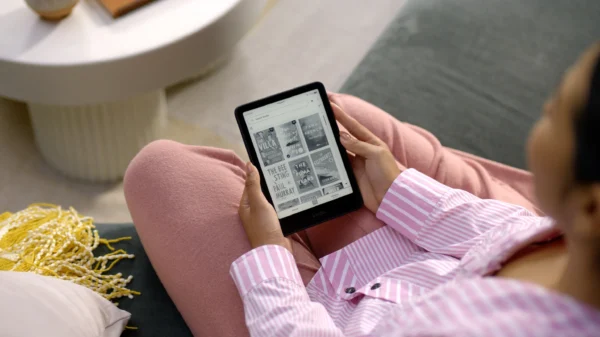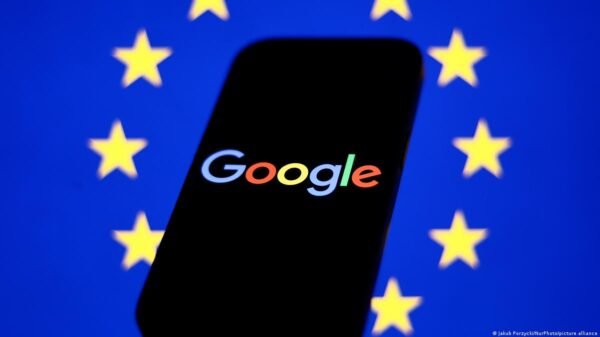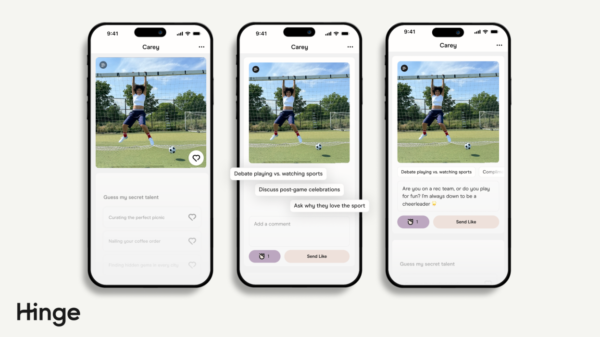Who could forget Pokemon Go? Launching after a landslide of hype and anticipation, the game-changing app allowed users to live out their dreams of hunting and capturing pokemon in the real world, something many had been watching their digital characters do since their early childhood. The app’s “Augmented Reality” functions not only placed pokemon in various locations around the real world, but also used several advanced technologies to run the camera’s live feed through a 3D mapping and depth engine to analyze and track terrain in close to real-time. This information was then fed into the game’s graphics engine, placing a pokemon on some point in the digitally mapped terrain, and tracking motion to make it seem like the Pokemon was fixed onto a certain point in the terrain. Those interested in the fascinating process behind augmented reality can check out an article on Quora that covers the process in more detail.
For a time, the app was wildly popular. But the augmented reality functions helped its popularity feed into itself: People would gather on street corners and in public parks hoping to catch some precious pokemon. These crowds would be seen by others, leading others to download the app as well. The use of AR allowed a digital service to gain a physical presence, a very powerful (and completely free) form of marketing it to other would-be users. And in the years after the app’s popularity has died down, it seems like other app developers are starting to take note.
In recent years, AR has continued to pop up in smartphone apps and other services, serving as both a cute gimmick or a fully-fledged flagship feature. The iOS game Stack AR from App developer Ketchapp, for example, features an optional AR mode, allowing users to move their ever-growing stack of virtual blocks onto their dining room tables. Speaking of dining room tables, the furniture and home improvement industry have stormed to the AR scene with a flurry of apps, such as the Measured app from Lowe’s that allows users to place virtual couches or lamps around their home to find the perfect fit before making the purchase. Clothing companies are timidly stepping into AR territory as well, offering virtual fitting rooms that will fit clothing to a user’s body, or virtual tailors that make automatic measurements based on received images, and send them to a real tailoring shop to create the perfect fit.
This medium is quickly showing its merits, and according to an article on RubyGarage, is more affordable than digital or print ads but also much more effective. This partly due to the interactivity of the advertisements, which can make consumers “feel like they’re playing an engaging video game. This builds an emotional connection with customers, encouraging them to make purchases.”
The article offers an example of an AR billboard that customers can interact with as they drive by. While a normal billboard only requires customers to quickly glance at the screen, the AR alternative would require customers to hold their phone up to the billboard, and would then bring the billboard to life. It’s easy to see how this AR billboard would generate a lot more engagement than a regular board, but here’s to hoping that customers don’t try to pull their phones out and watch the ad while speeding down the highway.
Other campaigns detailed in the article have also proven effective. Major brands such as Coca-Cola and Toys-R-Us have already benefited tremendously from successful AR advertisement campaigns. AR’s budding years as a form of advertisement will make it even more effective, since the tech’s futuristic effects and feel will continue to mesmerize viewers, encouraging them to further the campaign autonomously by sharing it on social media. After this buzz dies off, Augmented Reality may very well become a staple of major brand advertising.
So what kind of interactivity can be expected from the future of AR advertising? What does this future hold? Six-minute short film HYPER-REALITY by Keiichi Masuda shows a dystopian future where AR advertisement has taken over the modern world. In this Black Mirror-esque short, a woman walks through her daily life bombarded by digital advertisements through her AR glasses. Logos and characters fly out of walls and beg for her attention, billboards spill down onto the city street below, and figures flash and dance around her as she picks up an item in a grocery store.
Although this film is clearly not intended as a realistic look on AR’s future, it does give viewers an idea of what to watch out for. For example, it might be a logical move for a gambling company to introduce a gambling VR app with similar functionality to Pokemon Go, placing virtual slot machines in bars or outside of convenience stores. This would be a logical move, as it would help give potential gamblers a place to hang out, and would foster the kind of social environment that encourages gamblers to spend more and more.
This is just one of the innumerable possibilities for integration of AR advertising into one’s daily routine. It’s anyone’s guess which forms of AR advertising will become the most popular, but the popularization of the technology will most likely make many advertisements more interactive – but also more intrusive – in the near future.


















































Maya Asregadoo
September 8, 2018 at 12:07 am
While this would technically be a smart move for advertisers, I certainly would not want to be bombarded by ads in a “Black Mirror”-esque situation.